Our editors got their hands on the iPod nano, which Apple introduced last year, but improved it this year with new firmware. The iPod has undergone a thorough test and we will share the results with you.
Processing and contents of the package
As is customary with Apple, the entire device is made of a single piece of aluminum, which gives it a solid and elegant appearance. The front is dominated by a 1,5" touchscreen square display, at the back a large clip for attaching to clothing. The clip is very strong with a protrusion at the end that prevents it from slipping out of clothing. On the upper side, you will find two buttons for volume control and a button to turn off, and at the bottom, a 30-pin dock connector and an output for headphones.
The display is excellent, similar to the iPhone, bright colors, fine resolution (240 x 240 pix), simply one of the best displays you can see on portable music players. The display quality is uncompromising and visibility is great even with half the backlight, which significantly saves battery.
The iPod nano comes in a total of six colors and two capacities (8 GB and 16 GB), which is enough for an undemanding listener, while more demanding ones are more likely to reach for the iPod touch 64 GB. In a miniature package in the shape of a plastic box, we also find standard Apple headphones. It is probably not worth talking about their quality at length, lovers of quality reproductions prefer to look for alternatives from more renowned brands. If you can get by with headphones, you might be disappointed by the lack of control buttons on the cord. But if you connect those from the iPhone, the control will work without any problems.
Finally, in the box you will find a sync/recharge cable. Unfortunately, you have to purchase a network adapter separately, borrow it from another iOS device, or charge it via computer USB. Thanks to the USB interface, however, you can use any adapter to which USB can be connected. And so that we don't forget anything, you will also find a small booklet on how to control the iPod in the package.
Control
A fundamental shift compared to previous generations of iPod nano (except for the last, practically identical 6th generation) is the touch control, the popular clickwheel has definitively rung its bell. In the sixth generation, the control consisted of several surfaces with a matrix of four icons, similar to what we know from the iPhone. Apple changed that with the new firmware, and the iPod now displays an icon strip where you swipe between icons. The order of the icons can be edited (by holding your finger and dragging), and you can also specify which ones will be displayed in the settings.
There are not many applications here, of course you will find a music player, Radio, Fitness, Clock, Photos, Podcasts, Audiobooks, iTunes U and Dictaphone. It should be noted that the icons for Audiobooks, iTunes U and Dictaphone will only appear on the device when there is relevant content on the device that can be uploaded via iTunes.
there is no home button on the iPod nano, but there are two possible ways to get out of apps. Either by gradually dragging your finger to the right, when you get back to the icon strip from the main application screen, or by holding your finger anywhere on the screen for a long time.
You will also see the current time and charge status in the icon strip. In addition, when you wake up the player, the first thing you will see is the screen with the clock, after clicking on it or dragging it you will get back to the main menu. Also interesting is the ability to rotate the screen with two fingers to adapt the image to how you carry the iPod.
For the blind, Apple has also integrated the VoiceOver function, which will greatly facilitate operation on the touch screen. A synthetic voice informs about everything happening on the screen, the layout of elements, etc. VoiceOver can be activated at any time by holding down the screen for a long time. The voice announces information about the song being played and the current time. A Czech female voice is also present.
Music player
Upon launch, the application will offer a selection of music searches. Here we can classically search by Artist, Album, Genre, Track, then there are playlists that you can sync in iTunes or create directly in iPod, and finally there are Genius Mixes. After the song starts, the cover of the record will take up the space on the display, you can call up the controls by clicking on the screen again. Swipe left to access additional control options, repeat, shuffle, or track progress. Swipe to the other side to get back to the playlist.
The player also offers playback of Audiobooks, Podcasts and iTunes U. In the case of podcasts, iPod nano can only play audio, it does not support any form of video playback. As for music formats, the iPod can handle MP3 (up to 320 kbps), AAC (up to 320 kbps), Audible, Apple Lossless, VBR, AIFF and WAV. It can play them all day long, i.e. 24 hours, on a single charge.
You can put shortcuts of individual selection categories on the main screen. If you always select music by artist, you can have this icon instead of or next to the player icon. The same goes for albums, playlists, genres, etc. You can find everything in iPod Settings. Equalizers for playback are also included in the settings.
Radio
Compared to other players from Apple, iPod nano is the only one with an FM radio. After starting, it searches for available frequencies and creates a list of available radios. Although it can display the name of the radio itself, you will only find their frequency in the list. You can browse individual stations either in the mentioned list, on the main screen with the arrows after clicking on the display, or you can tune the stations manually at the bottom of the main screen. Tuning is very fine, you can tune in hundredths of Mhz.
The radio application has one more interesting feature which is Live Pause. The radio playback can be paused, the device stores the elapsed time (up to 15 minutes) in its memory and after pressing the appropriate button, it turns on the radio at the moment you finished. In addition, the radio always rewinds 30 seconds, so you can rewind the broadcast by half a minute at any time if you missed something and would like to hear it again.
Like all other players, the iPod nano uses the device's headphones as an antenna. In Prague, I managed to tune in a total of 18 stations, most of which have very clear reception without noise. Of course, results may vary from region to region. You can also save individual stations to favorites and move only between them.
Fitness
I was really looking forward to the fitness feature. I don't consider myself to be much of an athlete, however I like to run for fitness and so far I've been logging my runs with an iPhone clipped to my armband. Unlike the iPhone, the iPod nano does not have GPS, it gets all the data only from the integrated sensitive accelerometer. It records shocks and the algorithm calculates the speed of your run (step) based on your weight, height (entered in iPod settings), strength of shocks and their intensity.
Although the method is not nearly as accurate as GPS, with a good algorithm and a sensitive accelerometer, fairly accurate results can be achieved. So I decided to take the iPod into the field and test its accuracy. For accurate measurements, I took an iPhone 4 with the Nike+ GPS application installed, a simplified version of which also runs on the iPod nano.
After a two-kilometer run, I compared the results. Much to my surprise, the iPod showed a distance of about 1,95 km (after converting from miles, which I forgot to switch). Additionally, after finishing the iPod offered a calibration option where the actual distance traveled could be entered. In this way, the algorithm will be tailored to you and offer even more accurate results. However, a deviation of 50 m without prior calibration is a very good result.
Unlike the iPhone, you won't have a visual overview of your route on the map precisely because of the absence of GPS. But if you're purely about training, the iPod nano is more than sufficient. Once connected to iTunes, the iPod will then send the results to the Nike website. It is necessary to create an account here in order to track all your results.
In the Fitness app itself, you can choose to Run or Walk, while walking has no exercise programs, it just measures distance, time and number of steps. However, you can set your daily step goal in Settings. We have more options here for running. Either you can run relaxingly without a specific goal, for a predetermined time, for distance or for calories burned. All of these programs have default values, but you can create your own. After choosing, the application will ask what kind of music you will listen to (currently playing, playlists, radio or none) and you can start.
The workouts also include a male or female voice that informs you of the distance or time traveled, or motivates you if you are close to the finish line. The so-called PowerSong is also used for motivation, i.e. a song you choose to encourage you on the last hundreds of meters.
Clocks and Photos
There are users who like the iPod nano as a substitute for a watch, and there are many straps from different manufacturers that make it possible to wear the iPod as a watch. Even Apple noticed this trend and added several new looks. He thus increased the total number to 18. Among the dials you will find classics, a modern digital look, even Mickey Mouse and Minnie characters or animals from Sesame Street.
In addition to the clock face, the stopwatch, which can also track individual sections, and finally the minute minder, which after a set period of time will play the warning sound of your choice or put the iPod to sleep, are also useful. Ideal for cooking.
The iPod also has, in my opinion, a useless photo viewer that you upload to the device via iTunes. The photos are sorted into albums, you can start their presentation, or you can zoom in on the photos by double-clicking. However, the small display is not exactly ideal for the presentation of snapshots, the photos only take up unnecessary space in the device's memory.
Verdict
I admit that I was very skeptical about the touch controls at first. However, the absence of classic buttons allowed the iPod to be pleasantly small (37,5 x 40,9 x 8,7 mm including the clip) so that you hardly even feel the device clipped to your clothing (weight 21 grams). If you don't have enormously large fingers, you can control the iPod without any problems, but if you are blind, it will be difficult. touch.
For athletes, the iPod nano is a clear choice, especially runners will appreciate the well-designed Fitness application, even without the option of connecting a chip to shoes from Nike. If you already own an iPhone, getting an iPod nano is something to consider, the iPhone is a great player on its own, plus you won't miss a phone call because you couldn't hear it because you were listening to music on your iPod.
iPod nano is a truly unique music player with a very solid aluminum construction wrapped in a great design, with which you will always make a big show. But that's not what it's about. The iPod nano is not just a stylish device, it is, without hyperbole, one of the best music players on the market, as evidenced by Apple's dominant position in this segment. A lot has changed in the ten years since the first iPod was launched, and the iPod nano is just an example of how great things can crystallize in a decade.
Nano is an evolution with all the traces of a modern mobile device – touch control, compact design, internal memory and long endurance. In addition, Apple made this piece cheaper after the launch of the new generation, v Apple Online Store you get the 8 GB version for 3 290 $ and the 16 GB version for 3 790 $.
Pros
+ Small dimensions and light weight
+ Full aluminum body
+ FM radio
+ Clip for attaching to clothing
+ Fitness function with pedometer
+ Full screen clock
Cons
– Just regular headphones without controls
– Maximum 16GB of memory

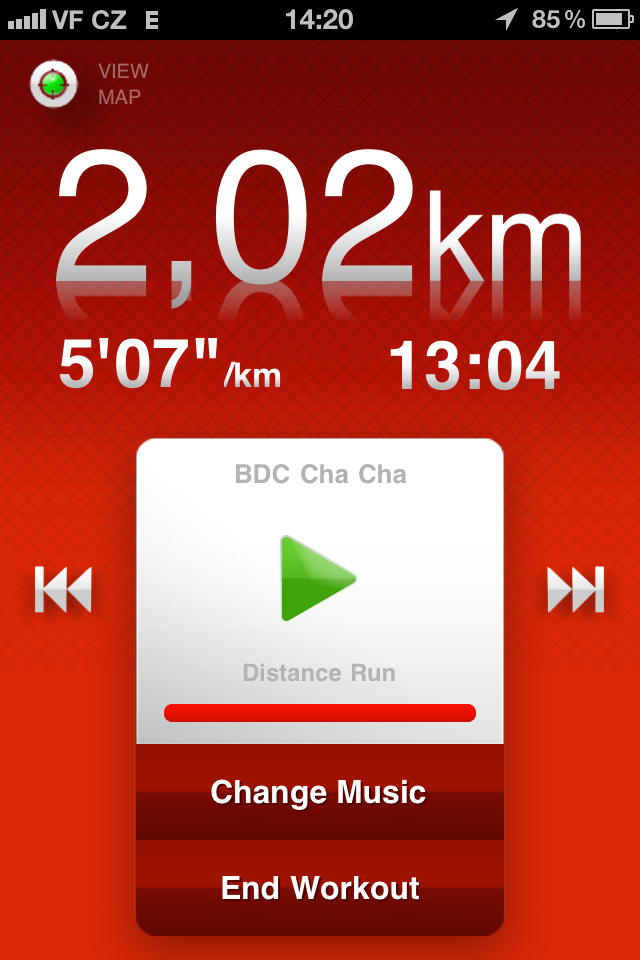

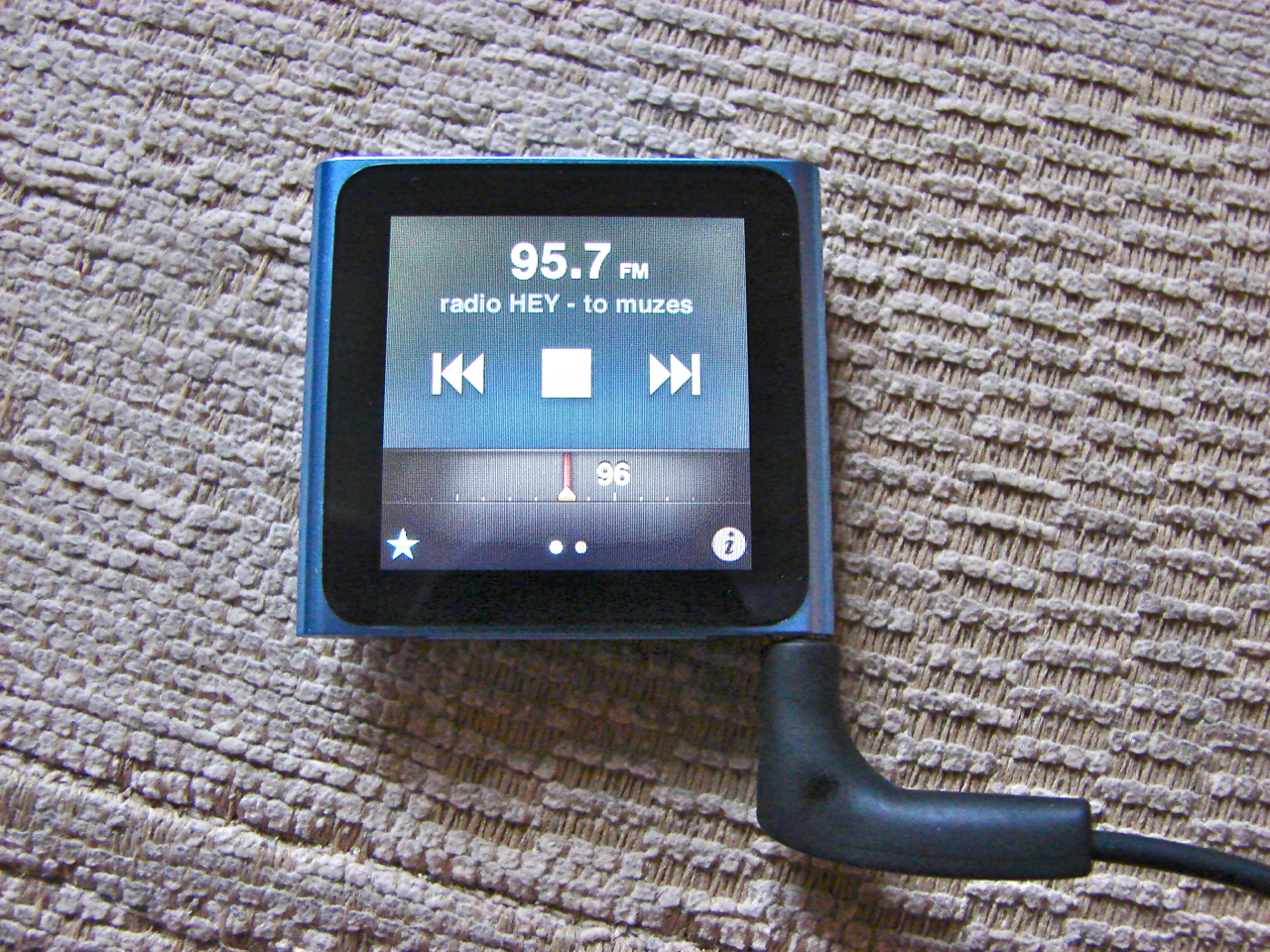
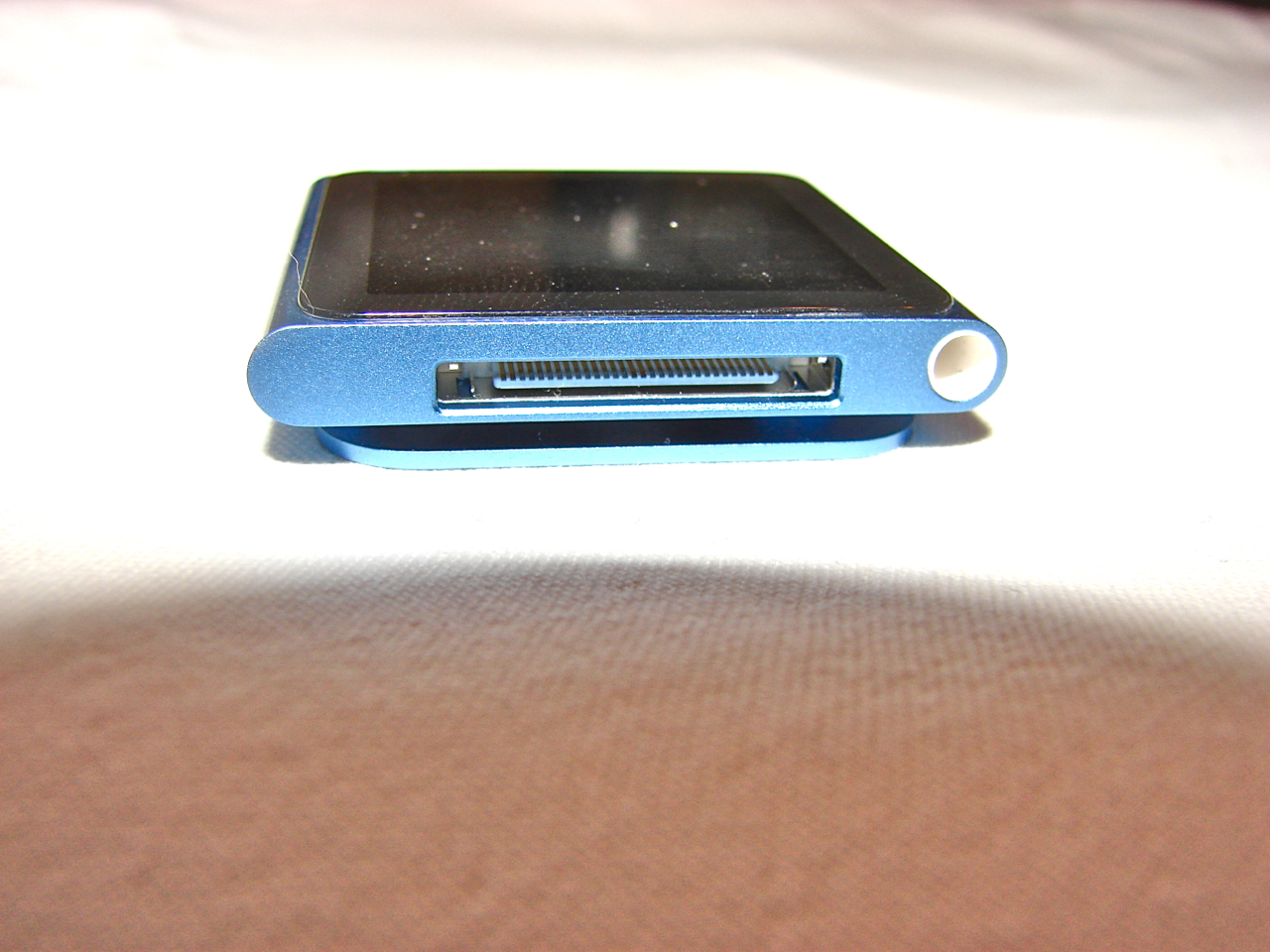
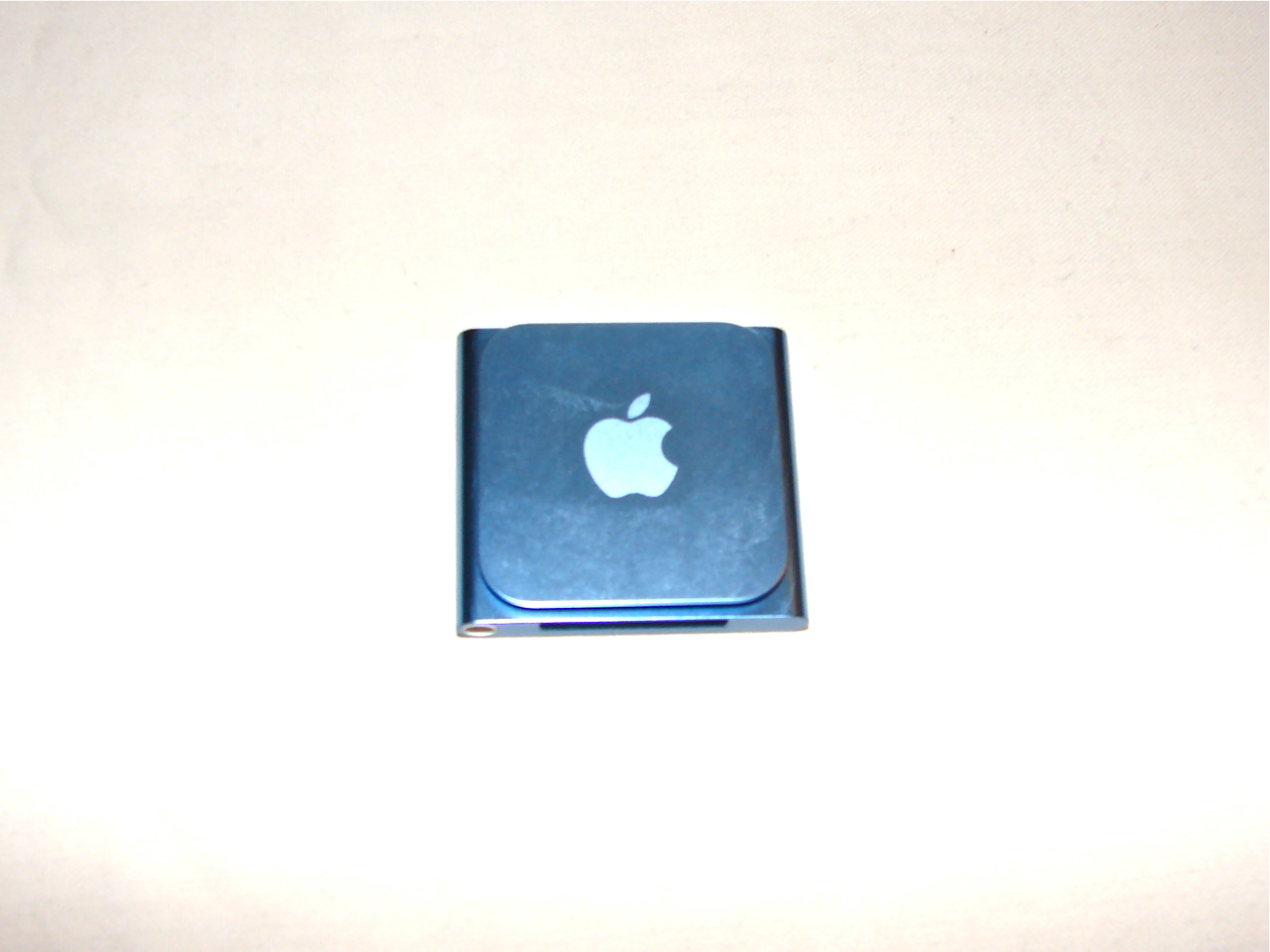
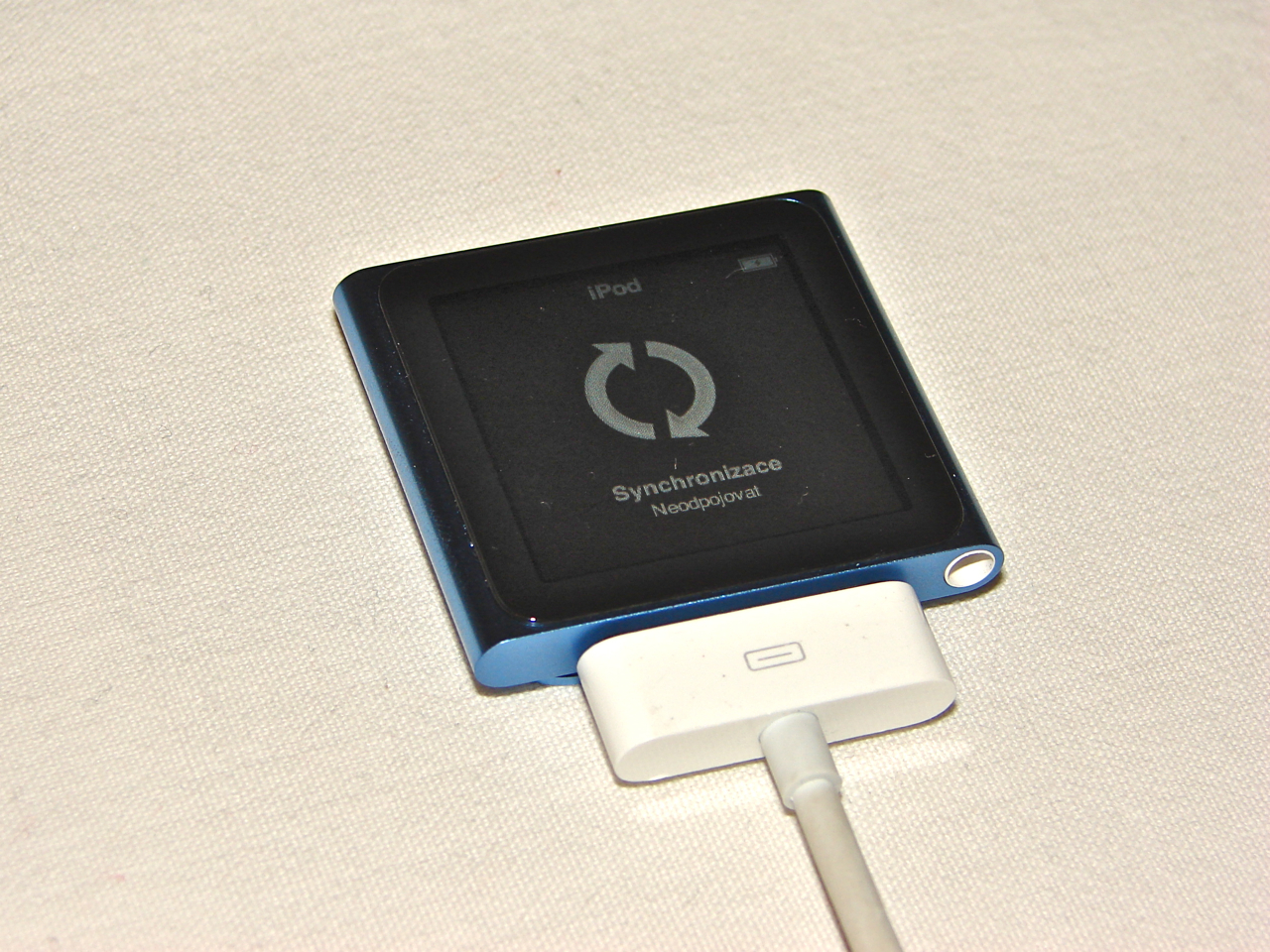
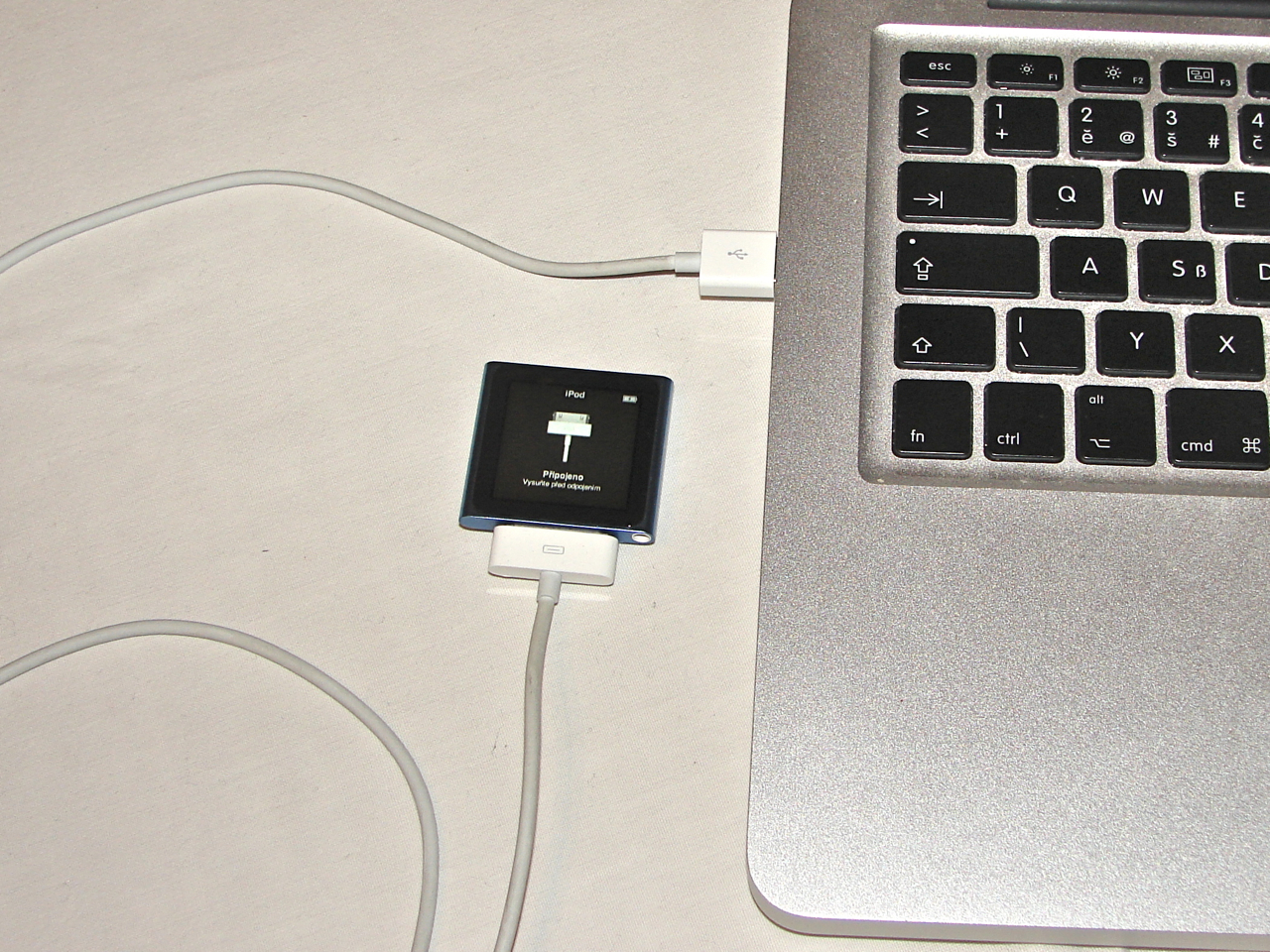
I would like to correct you - the iPod nano you are reviewing is still labeled as 6th generation. Despite the fact that even with the new firmware it is still possible to use the old icon display. At the same time, I would be interested in what you meant by the sentence:
"What freezes is the absence of the option to connect with the Nike+ GPS chip"
Thanks for the repair.
The Nike+ chip was previously advertised in conjunction with the iPod, there was a dedicated receiver for the iPod nano. However, I was living under the delusion that it was a GPS chip. Nike+ is just an accurate pedometer, I found.
I also think that it is not entirely correct to mark the review as:
"iPod nano 2011 - Big review of the new music player"
Considering that it is more than a year old model.
I'd like to correct you in the first video :D You're reviewing nano and talking about Touchy :D WTF??!!
iCarramba! The error crept in, it's confusing, as it's all touch :-) The video has already been fixed
Perhaps you could have added that the nano has the function of "recognizing the name of a song from the radio and saving it for later download via itunes.. however, after arriving from England, you will find that it does not work with any station in the Czech Republic..
Useless photo player? But mushrooms, a must-have for school! xD
When a person is already out of school, it doesn't occur to him :-)
I have to say that it's a great review, I use it myself and it can be used as a great way to go to school, you have it on your hand like a watch and with one slide you can suddenly view the lesson and double-click to zoom in :D and when someone walks by, just press sleep ;) I had it down to 1 :)
I can already see teachers warning students to "put away all your tow trucks, cell phones and iPods" once this gets out :-)
Hello. You write that the iPod nano does not have headphones with controls. I found them in the package. ;)
Dominik, then you're a pig.. :D I want too...
Can the iPod be controlled by voice through the headphones and microphone, as is possible on every iPhone?
well, I'll admit that I see the new Nano as a step backwards. I will explain why. I use the 5th generation for jogging, I run in all weathers, in the winter one's fingers are frozen and lo and behold, the screen somehow refuses to respond to touch, tried it on the iPhone... So when the 5th gen was stolen from me, I bought the 5th generation again , although this time for financial reasons only 8 GB... Click Wheel has not yet been surpassed by anything in terms of on-the-fly control, in my opinion
I would like to ask if it is possible to control the iPod like an iPhone without having to reach for the display after connecting the headphones with the controls? Thanks in advance for the info ;)
Greetings,
I got my hands on this iPad model and I have a question for more inquisitive individuals who like the product to work according to their ideas and not according to the ideas of someone far away, both in terms of distance and vision.
Simply, how (if possible at all) to hack the player to record songs via mass storage and not via the overgrown behemoth itunes.
iPod 6g 8G.
I've had it for a few days and I have to praise it as a long-term iPhone owner, and especially my kids like to borrow it for tow trucks (I already found out why sometimes I can't find them where I left them).
However, I use it primarily as a watch.
Don't know how to set the watch to always appear first when you turn it on?
Díky
PP
Hello, I would like to ask, I have an Apple Nano 6gen and today I bought a sensor from Nike+ without a sensor, I thought the sensor was built into the device. Is it possible to use the nike+ sensor to measure my cadence without a sensor?? Thank you in advance for your reply..Michal
It doesn't work.
I'll be in the USA in a month, so I'll buy it right away, because it's a different price there... not like here with thieves :-) Otherwise, a great review.
Hello, I would like to ask how long the watch will last on the display if I keep it on all the time? Or is it bird stuff and when using it as a watch I always have to wake up the ipod - check the time - put it to sleep?
Hello,
I would like some advice - I have an ipod nano 6th generation and
out of nowhere, after about a minute of listening to music, the is started to turn off by itself
music... I couldn't find anything about it anywhere in the settings and nothing on the website either,
I'm pretty desperate now. Can you please advise me…?
That's exactly what happened to me. I don't know what helped anymore, but turn it on/off a few times or connect it to the PC and erase and record the music again. Nothing radical, now ok.
Does anyone know anything more about the new device, if it is coming and when? I wonder if Apple will release any new music players. …
Hello, how should I upload audiobooks to the player?
So I made myself happy and bought an iPod nano, but I don't know if I'm blind or if some gadget has to be used, but I can't see the 18 clock face anywhere. There are one, a stopwatch and a minute hand. Thanks for the help, I'm really sorry...
Settings > Date & Time > Watch Face
Hello,
I have an unsolvable problem with the iPod nano 6. Whenever I connected it to the Onkyo TX-NR609 receiver with a USB cable, I could control it directly on the display (select artists, songs, scroll through the menu). It's been about a month now, maybe it's no longer possible. The message "Connected to the accessory" appears on the display. Can be disconnected". I can only control it with the remote control, which is quite impractical (switching song by song). I tried resetting the iPod, uploading newer and older i Tunes, even resetting the receiver to factory settings, but nothing helped. Does anyone have any ideas or tips on how to return it to its original state. Thank you….
Solved, just press the MODE button on the remote control.